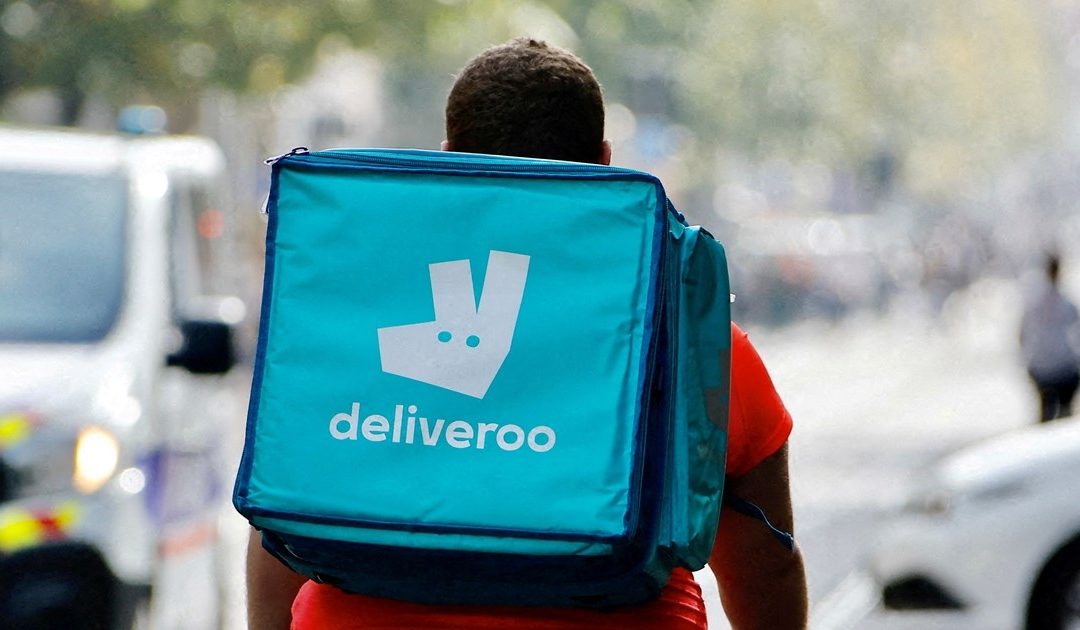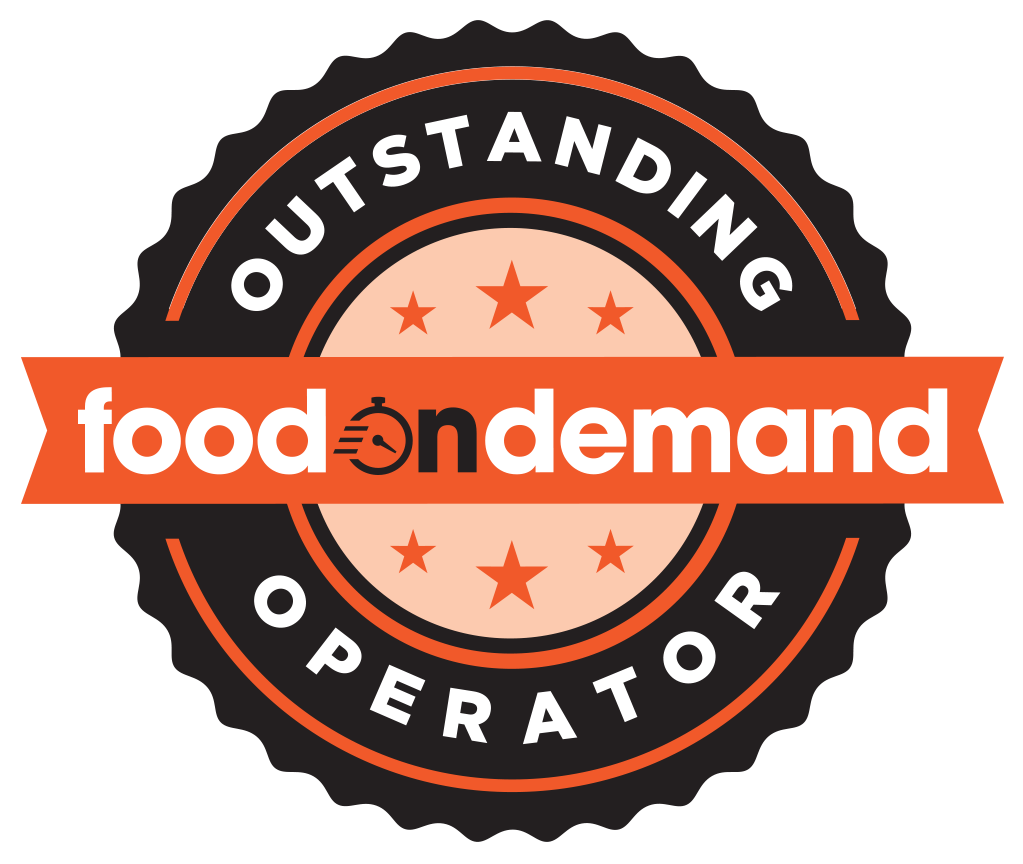Contributing editor, Peter Backman, is a long-term foodservice sector guru and founder of theDelivery.World, a platform that connects the delivery sector and makes sense of the myriad changes and challenges that affect the sector across the globe.
Restaurant delivery globally is experiencing a pronounced divergence, creating what can best be described as a two-speed reality. While mature markets are hitting growth ceilings, emerging markets continue to demonstrate explosive potential, creating distinct strategic challenges and opportunities.
This dichotomy is evident in recent performance metrics. Established markets show respectable but modest single-digit growth rates, while platforms in high-growth territories surge at 25-36%. The Restaurant Delivery Surge Index reveals this broadening gap, with an overall industry deceleration to 10.5% in Q4 2024 masking significant disparities between market types.
The contrast stems from fundamental structural differences. Mature markets have reached saturation with established consumer behaviors, restaurant penetration, and dense competitive spaces. These environments face increased regulatory scrutiny, labor challenges, and a relentless pursuit of profitability over pure growth. As highlighted in many industry analyses, platforms in established markets are optimizing margins rather than chasing new customers.
Conversely, growth markets benefit from favorable conditions: dense urbanization, young tech-savvy populations, cultural acceptance of delivery, and lower operational barriers. The rapid grocery segment exemplifies this advantage in emerging economies, where revenues may be doubling annually alongside still significant restaurant delivery growth. The untapped potential remains vast – with an estimated 4.5 billion people globally still unable to access delivery services regularly.
The industry’s response to this two-speed environment is increasingly sophisticated. In mature markets, consolidation is becoming a major feature – witness the proposed acquisitions of Just Eat Takeaway by Prosus, and Deliveroo of the UK by DoorDash. Platforms in these established ecosystems the focus is on diversification into groceries and retail, subscription models to ensure recurring revenue, and incremental operational efficiencies to improve gross margins.
Meanwhile, in growth markets, the focus remains on expansion and market capture. Companies prioritize coverage expansion, consumer education, and building fulfillment infrastructure. The strategic emphasis is distinctly different – investing in future potential rather than immediate profitability.
For global players, navigating this two-speed reality requires an increasingly sophisticated approach. Companies successfully balancing growth with profitability are leveraging customer relationships across multiple verticals while maintaining flexibility based on market maturity. Metrics reveal this strategy’s success, with average gross margins improving industry-wide from 26% to 37% between 2020-2024, despite divergent growth environments.
As the delivery industry matures, the distinction between established and emerging delivery markets becomes more pronounced. The restaurant delivery ecosystem, now valued at over $520 billion globally, will likely continue this bifurcation – with mature markets focusing on consolidation and efficiency while emerging territories drive the sector’s overall growth.
For investors and industry participants alike, understanding this dual nature is essential for proper strategic positioning in global delivery’s complex landscape.


